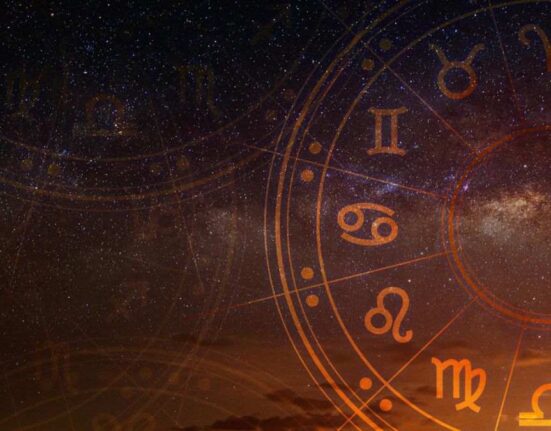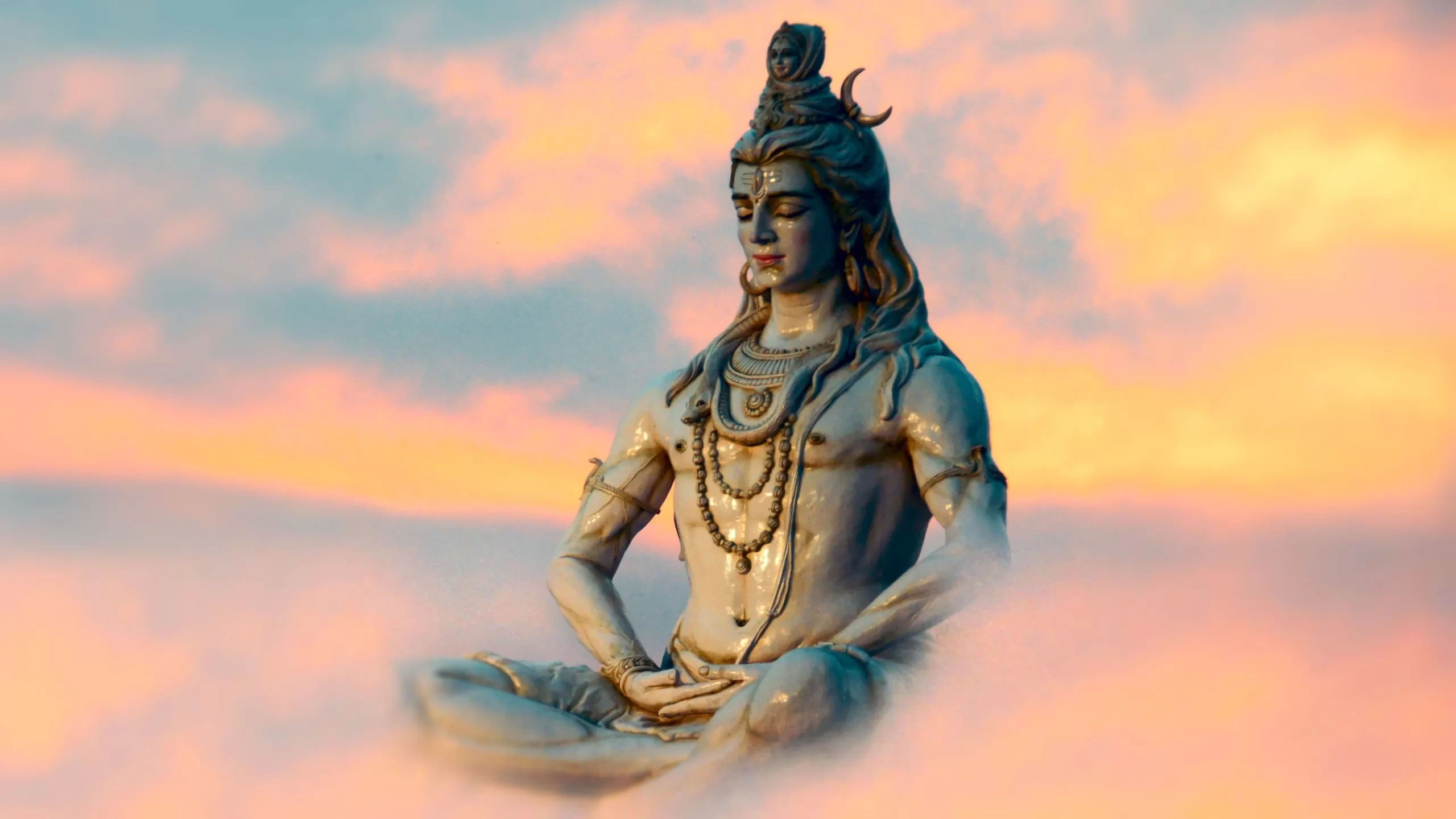Om Tatpurushaya Vidmahe Mahadevaya Dhimahi Tanno Rudra: Prachodayat
Om Tatpurushaya Vidmahe Mahadevaya Dimahi Tanno Rudra: Prachodayat
The linga is a religious symbol in Hinduism that is always placed on the yoni, representing Shiva as the producer and the yoni as Shakti, all existence, all creativity and fertility on every cosmic level.
Shiva, meaning ” Auspicious One, ” is one of Hinduism’s three principal deities. He is worshipped as the supreme deity within Shaivism, one of the three most influential sects in contemporary Hinduism, and he is also known as “the Transformer and the Destroyer”, who represents protection, benevolence, and goodness. Shiv is considered an altruistic Hindu god known for indulgence, which is why we also call him Bholenath. According to Hinduism, the universe works in a cycle and regenerates itself after every 2,16,00,00,000 years. Lord Shiva is the one who destroys the universe after every cycle and investiture a new one with a fresh beginning.
The most popular form of worship of Lord Shiva in Hinduism is the Linga form. It is known as Shivling, The linga symbol is an attempt to give form to the formless, which in Hinduism is called the Supreme Being. When the linga is placed on the yoni, it represents the union of Shiva and Shakti, the beginning of investiture. It is found in the centre of the temple, often resting in the middle of an edged, disc-shaped yoni.

Linga in Sanskrit means symbol. The first use of the word ‘linga’ in relation to Shiva is found in the Shvetashvatara Upanishad – it says that Lord Shiva, the Supreme Being, has no linga (sign or symbol). In simple words, since it is impossible for an ordinary person to pray to Brahma, who is beyond any attribute, a human being often needs a form to worship. Although all other idols are worshipped in their human forms, only Lord Shiva is worshipped in the form of Shiva Linga. The name Shiva itself means “He who bestows propitious, which is attained through their divine knowledge and is the perennial source of energy offered to the devotees in its elliptical form.
It has been found in structures such as the terracotta Shiva linga at the Indus Valley Civilization site of Kalibangan and other sites, providing evidence of Shiva worship in the 1st century BC.
– Shubham Pandey












